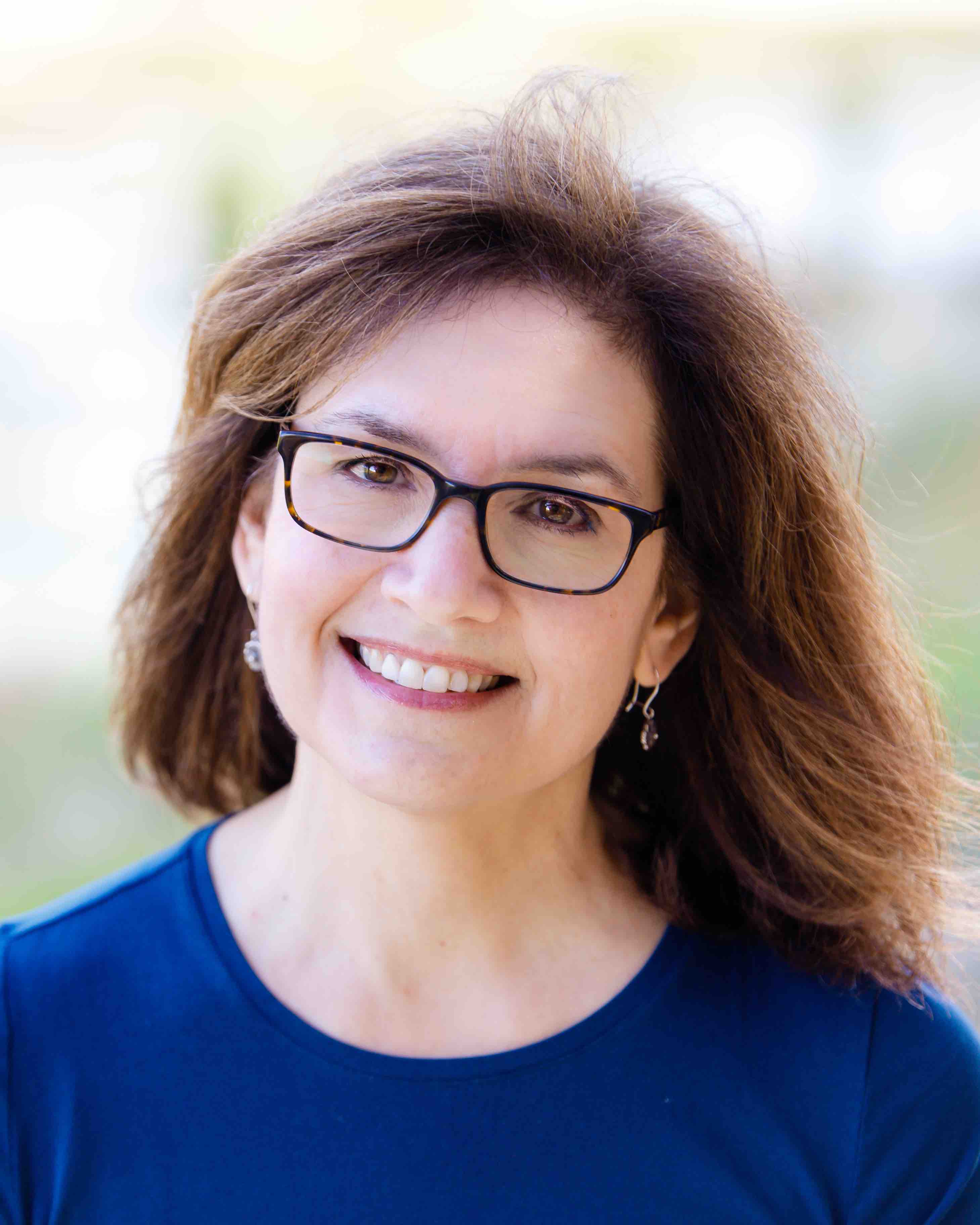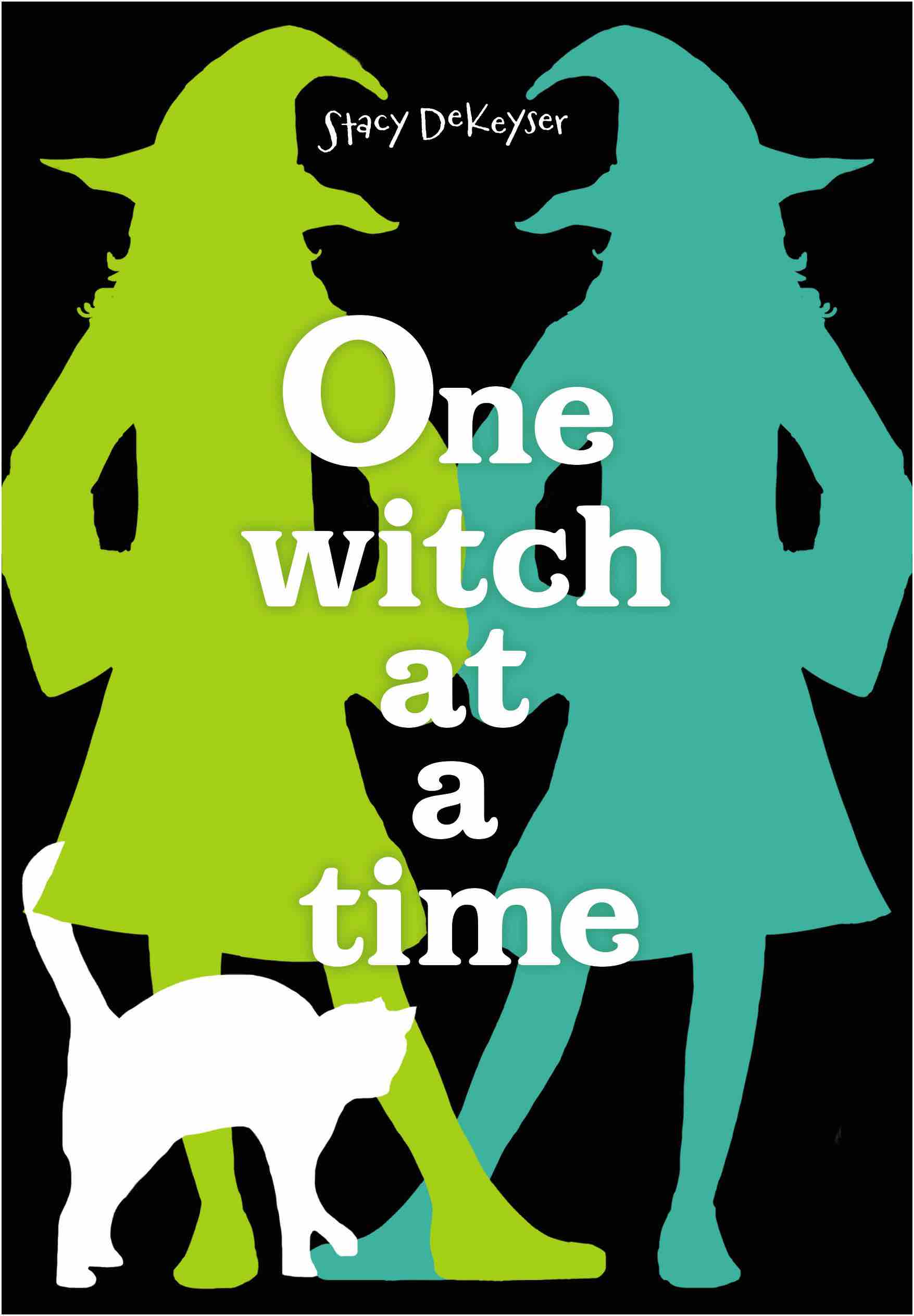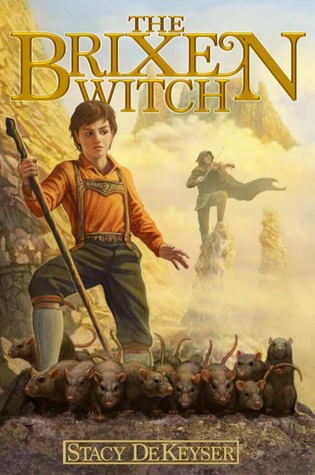
The following is a complete transcript of Cracking the Cover’s interview with Stacy DeKeyser. Stacey is the author of “The Brixen Witch,” which received two starred reviews and was a Chicago Public Library Best of the Best Pick, and its sequel, “One Witch at a Time,” as well as the young adult novel, “Jump the Cracks” and two nonfiction books for young readers. She lives in Connecticut with her family. To learn more and to download a free, CCSS-aligned discussion guide, visit StacyDeKeyser.com.
Have you always wanted to be a writer? Why?
Not consciously. But I’ve always loved to read. I remember being too young to read, and wishing very badly for the day when I would learn. So I’ve always thought of books as very special things. And I’ve always been able to express my own thoughts best by writing them down, so I think it was inevitable that eventually I would write books of my own.
Why do you write for young people?
More than any other genre, novels for kids come closest to being pure story, and that’s what I love when I read. Story is a deceptively powerful tool. A good story can help you decide what you think or feel about certain things, or make you curious about the wider world. A good story needs characters that the reader will care about and who can act as stand-ins for the reader. A protagonist who tackles a seemingly insurmountable obstacle and, because of that struggle, is smarter at the end of the story than he was at the start, even if he doesn’t know it. Good stories give young readers the tools they need to navigate the world, and I want to be a part of that.
Where do your ideas come from?
They come from the same place anyone else’s ideas come from—experience, and observation, and a good imagination. I feel lucky that part of my job is to keep my imagination exercised.
“One Witch at a Time” is loosely based on “Jack and the Beanstalk.” Why did you choose that story as a jumping off point?
Every fairy tale or old fable has unanswered questions, and I love speculating about possible explanations that might fill in the blanks. When I decided to go back to Brixen, I thought of “Jack and the Beanstalk” right away, since Rudi’s family has a dairy farm, and Jack had his cow. I wondered why someone as smart as Jack (or Rudi) would do something as dumb as trade a whole cow for a handful of dried beans.
 What were the challenges writing “One Witch at a Time”? The highlights?
What were the challenges writing “One Witch at a Time”? The highlights?
The biggest challenge was writing a new version of a classic story. It’s an intimidating proposition, and there’s always a little voice in my head scoffing at me for being so presumptuous. It helps to remember that every story borrows something from earlier tales.
One highlight was writing the scene with the snow-finch. It’s a crucial scene that ties the whole story together, but it came only in a late draft. My editor told me the story was missing something, but she left it to me to figure out how to fix it. As I was revising, that little snow-finch sort of just flitted onto the page, and I knew it was exactly right. I’m sure there were lots of unconscious connections going on in my brain as I was immersed in the story, but when those connections suddenly show up on the page, it always feels magical.
This is the follow-up to “The Brixen Witch.” Do you have any more books set in this world planned?
I do have an idea for another story set there, but it’s still in the incubation stage. I’d love to explore the backstory of Rudi’s world, especially how Oma came to meet the witch in the first place, many years earlier.
Why do you think your books appeal to young readers?
I hope it’s because I can write a good story, but with a bit of depth to it, so that kids feel both entertained and nourished.
Looking back, how has your writing evolved?
When I first got serious about writing and getting published, I flailed around a bit. I wrote lots of short pieces on travel, and gardening, and parenting, for local and regional publications. Once I realized that I wanted to write for kids, I tried writing picture books, but they were always too wordy. It took me a long time to get over the fear of writing a longer work, but I think I’ve finally found my niche. I can’t imagine not wanting to write for middle grade readers.
Something new for me: a historical novel, set in the Midwest in the late 1940s. It seems to be a neglected era: after WW2, but before TV and rock ‘n’ roll. And yet, there was a lot of momentous stuff going on, especially if you were a kid. I’m having lots of fun exploring that world.
Is there a book from your own childhood that still resonates with you?
If I really have to choose just one book, it would be Charlotte’s Web. My mother read it aloud to my sister and me, and I very fondly remember that shared experience. It was my introduction to fantasy that’s grounded in the real world, and that’s still my favorite type of fantasy. And I remember that it made me cry. Not just a sniffle and wiping a tear, but big, fat sobs. I was 8 years old, and I remember locking myself in the bathroom, surprised that I could get so worked up over something so obviously fictional. It was the first book that made me understand the power of story.

